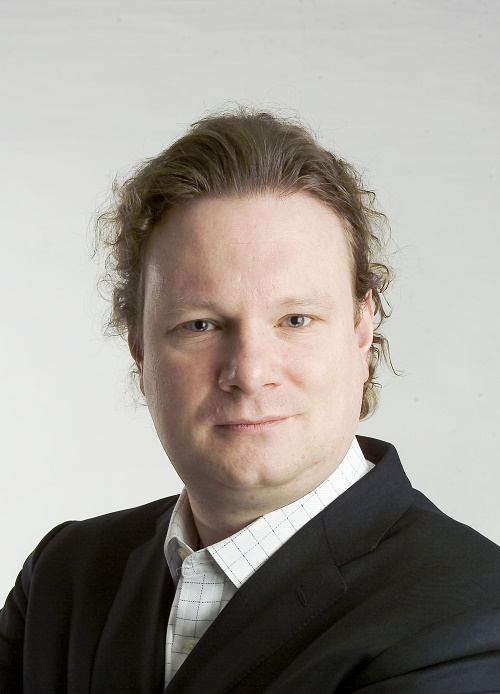The average number of text completion questions on the GRE is about six per each 20-question subsection of Verbal. In total, this adds up to 12 text completions a test-taker can expect to encounter.
These questions vary in terms of length, but a typical forecasted breakdown would be: four one-blank questions, four to five two-blank questions, and three to four three-blank questions.
Ultimately, this question type tests your ability to understand structure and meaning in a sentence, as well as overall vocabulary and placement. There are a handful of approaches to take with text completions, and a careful, discerning eye is needed to sidestep traps.
A highly effective way to find the right answer on these 12 questions is to work backwards. That’s right – backwards. By attempting to answer the last blank first, you avoid word order, syntax and contextual tricks.
Working backwards is best advised when there are three blank answer choices, but the same technique can also be applied when there are two. In doing so, the last blank can inform the first and second, bypassing verbal pitfalls to get you to the right answer.
Take, for example, the following sentence completion GRE question with a working backwards strategy breakdown:
Major philosophical (i)____ about morality, identity and rationality, for example, can often be (ii)____ by thought experiments: short and simple expositions that pose an abstract and complex problem in a concrete manner with all the (iii)____ factors removed.
|
Blank (i) |
Blank (ii) |
Blank (iii) |
If we look at the third blank first, what’s preceding it are the words “short” and “simple,” and what comes after is “factors removed,” implying that these factors are unnecessary or extraneous. Going backwards then, if these problems are “abstract and complex,” it’s unlikely they are dogmas or certitudes, making dilemmas the best fit for the first blank. Then it’s evident that a thought experiment might illuminate (clarify) this supposed dilemma, ultimately arriving at a correct answer of: BEG.
A primary danger on these questions with two or more blanks and a disadvantage of not solving them backwards is to stop reading prior to the end and hurriedly plugging in answer choices. By making this mistake, you’re allowing bias to creep into the rest of the paragraph and are likely to choose the incorrect answer choices due to contextual clues where the final blank can inform the first two. The GRE adds a lot of context and these sentences can be quite subtle and wordy. (This is how they try to get you!)
In addition, writers for the GRE intentionally make some first and second blanks nearly unsolvable, making this “backwards strategy” imperative. Let’s look at the following example where answering the third blank is essential to solving the first and second:
A highly intelligent person often thinks (i)____; a few snippets of information can trigger a (ii)____ conclusion that might not stand up to closer, and (iii)____, scrutiny.
|
Blank (i) |
Blank (ii) |
Blank (iii) |
Upon examining the text we can see that if a conclusion “might not stand up” it’s more than likely a bad one, selecting hasty for the second blank, inferring slower for the third blank, since the other two possible words – precipitous and overt – don’t really make sense.
Finally, a highly intelligent person often thinks too quickly, ultimately revealing the error, where slower scrutiny is required, confirming the third blank. The correct answer choice is: CFG.
Of course, this strategy only applies if you’re able to come up with an answer choice for the second or third blank, and if you can’t, then clearly you have to work with the first and do the best you can, given contextual clues.
However, when possible, working backwards on GRE text completion questions can help you get to correct answers faster and with greater ease. Remember, when it comes to the GRE, sometimes working backwards can move you forward.
If you haven’t tried them yet, please check out Manhattan Review’s free GRE practice questions with detailed explanations of the solutions.
About Manhattan Review: Manhattan Review GRE Prep is brought to you by Manhattan Review, an international test prep firm. Founded in 1999 by Dr. Joern Meissner, an internationally renowned business school professor, our company helps students gain entrance to their desired degree programs by working to improve their admission test scores. Headquartered in New York City, Manhattan Review operates in many cities in the United States and in selected major cities around the world, including London.



